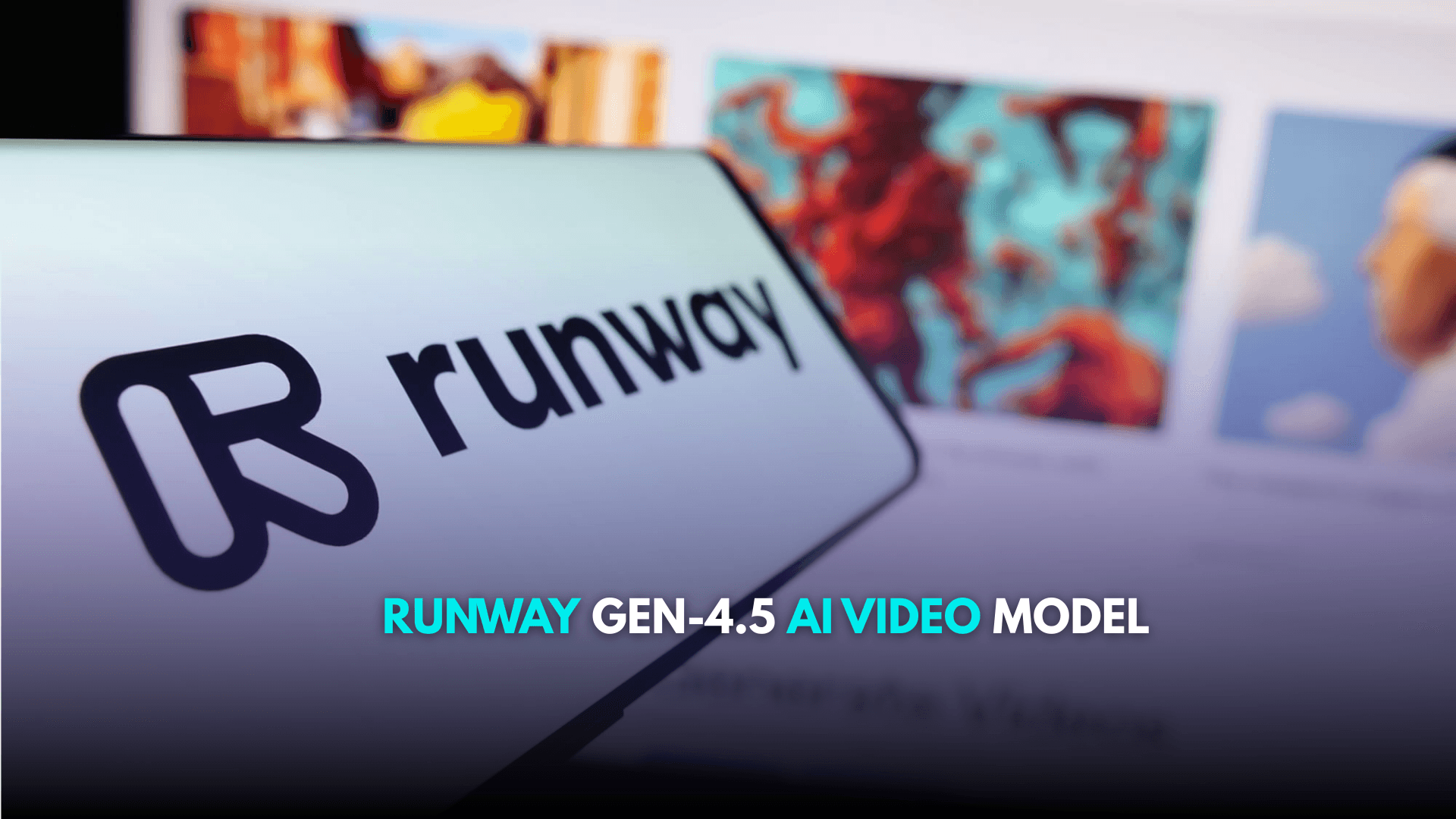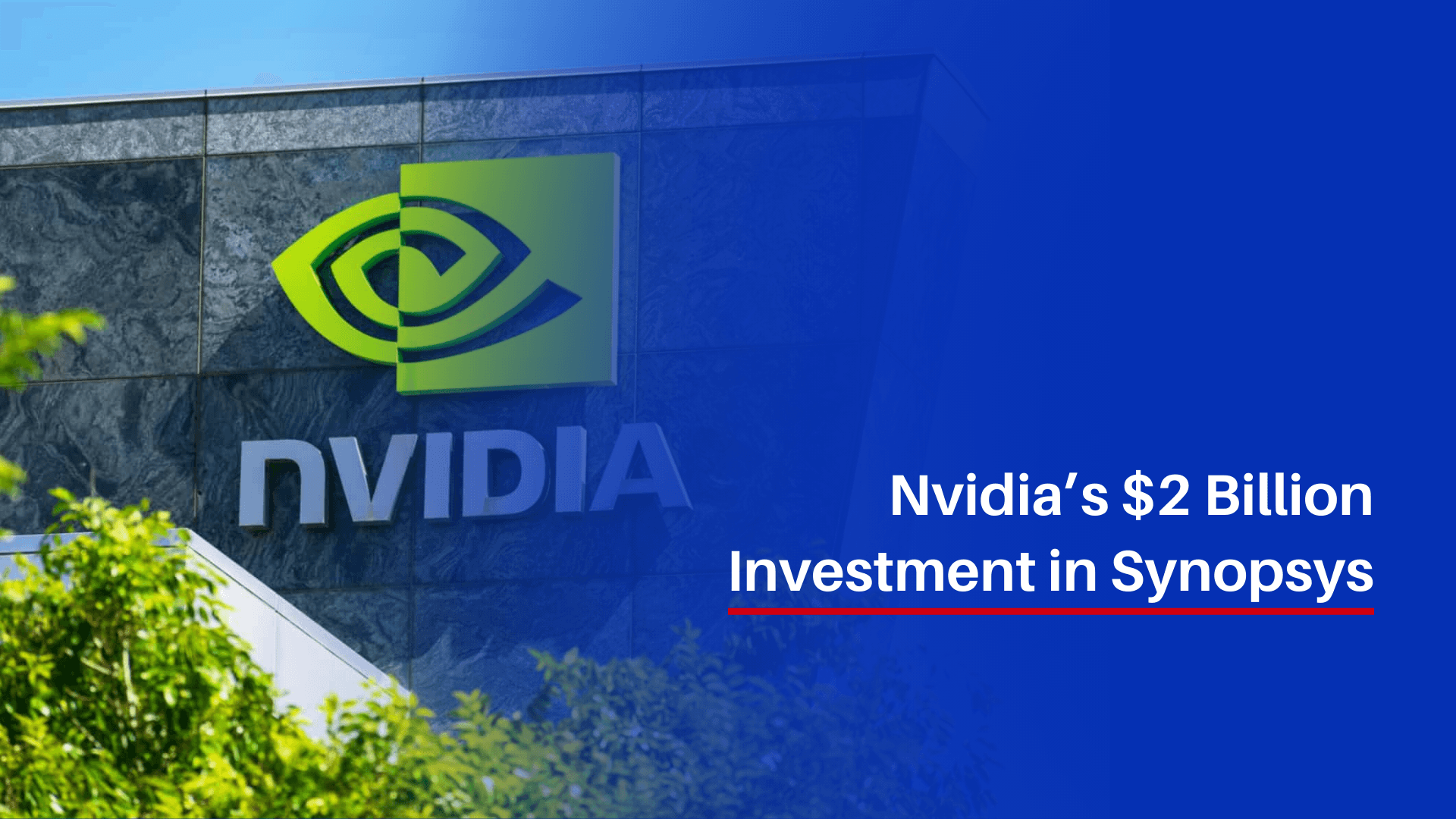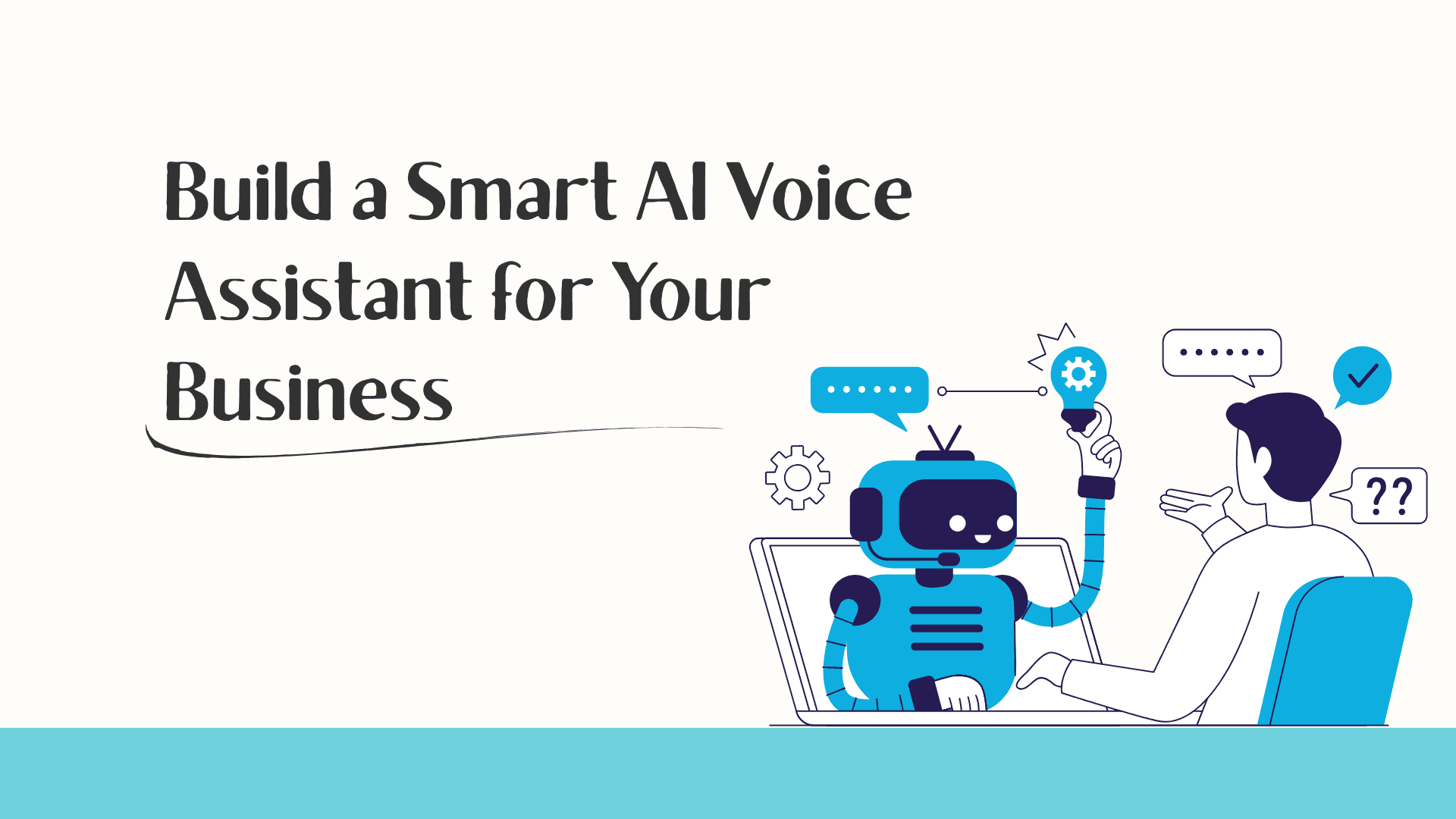
Introduction: Clearing Up the AI Agent Confusion
The term AI agent is everywhere right now. You’ve probably heard it thrown around a lot, maybe even more than you’d like. But here’s the thing: it’s also one of the most misunderstood terms in AI. Over at CRTVAI, we’ve worked with a ton of businesses across the Middle East, and trust us, we’ve seen the confusion first-hand.
So, what exactly is an AI agent, and when should you use one? We’re going to break it all down no jargon, no buzzwords, just the key things you need to know to make smarter decisions for your business.
What’s the Difference Between an AI Agent and a Workflow?
The AI world loves to toss around terms like “agent” and “workflow” as if they’re interchangeable. But here’s the deal—they’re not. Let’s take a closer look.
AI Workflows: The Basics
Imagine a workflow as a recipe. You know exactly what goes in, in what order, and for how long. AI workflows are similar:
Set Steps: You have a clear list of actions.
Predictable Execution: It’s like following a map you know exactly where you’re going.
Limited Decisions: There’s not much room for the system to think for itself. It just follows the steps.
Example: A customer service bot that first categorizes a request, then looks up relevant info, and finally writes a response. The steps are clear and fixed.
AI Agents: The Game-Changer
Now, think of an AI agent like a smart assistant that thinks for itself. It’s not just following a recipe—it’s adapting and figuring out the best path to a solution.
Flexible Steps: It decides what to do next based on what’s happening.
Autonomous Action: It doesn’t need a human to tell it what to do.
Goal-Oriented: It keeps going until it solves the problem.
Example: A coding agent that detects bugs in your code, fixes them, tests the fixes, and then goes back to repeat the process until everything works. It’s constantly learning and improving on its own.
Where AI Agents Are Actually Working Today
There’s a lot of buzz about AI agents, but are they really working in the real world? Yes, and here are a few examples where they’re already making waves.
1. Coding Agents: A Real Success Story
If you’re in software development, you’ve probably seen AI agents at work. These agents can:
Test code to see if it works.
Fix bugs as they go.
Iterate over and over until the code is perfect.
The cool part? These agents get better with each iteration, so they’re a perfect fit for coding tasks that require precision and constant improvement.
2. Research and Information Retrieval: Saving Time, Delivering Results
Ever felt buried under a mountain of research? AI agents are fantastic at sifting through huge amounts of data, pulling out the gems, and delivering meaningful insights. Here’s how they help:
They can search multiple sources over and over until they find exactly what you need.
They’re great at summarizing and making sense of complex topics.
This is especially useful when you need to gather information quickly and accurately without drowning in irrelevant data.
3. Automation for the Small Stuff: A Hidden Gem
The magic of AI agents isn’t just in big, flashy tasks. They’re also incredible for automating small, repetitive jobs. It may not seem like much, but when you stack up those minutes saved, it adds up fast:
Updating docs across several files
Standardizing data across systems
Keeping an eye on alerts and systems
This is where AI can save you time on things that would normally be too small to automate with humans.
Where AI Agents Need to Take a Step Back (For Now)
Not every application of AI agents is a home run. Some ideas sound cool in theory but don’t quite work out in practice. Here are a couple of areas where AI agents still need work.
Personal Assistant Agents: Not Quite There Yet
Imagine asking an AI to plan your vacation or organize your week. Sounds great, right? But in reality:
Describing exactly what you want can take way longer than doing it yourself.
Checking the AI’s work is just as time-consuming as doing it yourself.
And, let's face it, mistakes here could lead to some big problems.
Right now, personal assistant AI agents aren’t quite up to snuff when it comes to handling complex tasks.
Limited Feedback = Limited Improvement
AI agents need feedback to improve. If the feedback isn’t clear or consistent, the agent can’t really get better at what it does. Without this, the agent’s progress can stall, which makes it tricky to implement in some areas.
How to Choose: AI Workflows vs. AI Agents for Your Business
When you’re deciding whether to use an AI agent or a workflow for your business, ask yourself these questions:
When to Choose a Workflow
The process has fixed steps.
You need predictable results every time.
The task is well-understood and doesn’t require creativity.
The steps need specialized prompts.
When to Choose an AI Agent
The number of steps is unclear or varies.
You need iteration to improve over time.
You can verify success with clear feedback.
The task requires exploring multiple solutions.
Best Practices for Implementing AI Agents
If you decide AI agents are the right choice for your business, here are some best practices to follow:
1. Start Simple, Then Scale
Don’t overcomplicate things. Start with a simple solution that works and test it thoroughly. Once you see how it performs, then consider adding more complexity if needed.
2. Design for Clarity
Your AI agent needs clear directions. Be detailed in your documentation, use meaningful parameter names, and make sure the agent has everything it needs to perform well.
3. Build for the Future
AI models will keep improving. Make sure your system is flexible enough to benefit from these upgrades without needing a complete overhaul.
The Future of AI Agents: What’s Coming in 2025?
The AI agent space is evolving quickly. Here’s what we can expect to see in the near future:
1. Business Process Automation at Scale
Companies will start using AI to automate more and more tasks at a massive scale. It’ll be like having an army of agents working behind the scenes, handling operations that would have been too costly to automate before.
2. Multi-Agent Systems
Think of this as a team of AI agents working together (or even competing) to solve problems. It’s a bit like a football team where each player has a special role and works toward a common goal.
3. Gradual Adoption by Consumers
In the consumer space, we’ll see AI agents start with smaller, more manageable tasks. As the technology improves, these agents will eventually take on more complex responsibilities.
Conclusion: Practical Solutions Over Hype
At the end of the day, the most successful AI solutions focus on real, practical applications not just the latest trends. Whether you go with an AI agent or an AI workflow will depend on your business needs, how easy it is to verify results, and the complexity of the tasks you’re tackling.
So, don’t get caught up in the hype. The right AI solution is the one that works best for you, today and tomorrow.
You might also like

Runway Gen-4.5 AI Video Model - Faster and Smarter Than Google and OpenAI
Runway launches Gen-4.5 AI video model. It can turn text into videos quickly and beats models from Google and OpenAI in tests.

Nvidia’s $2 Billion Investment in Synopsys
Nvidia invests $2 billion in Synopsys to make smarter computer chips and faster AI. Learn how this partnership can improve technology for businesses and industries

Build a Smart AI Voice Assistant for Your Business Fast, Simple, and Ready to Use
Create your own AI voice assistant in minutes with Kayan. Answer customer questions, handle calls, and improve support without coding or technical skills. Simple, fast, and ready to use.
Enjoy this article?
Subscribe to our newsletter to get more insights on technology, design, and the future of digital innovation.
CRTVAI
Unlock AI's full potential with expert insights from leading software innovators. Subscribe for exclusive content on ChatGPT integration, custom development solutions, and transformative technologies that deliver measurable business results.
Popular Posts

10 Software Design Patterns Made Simple: A Guide for New Programmers

Google Gemini 2.5 Pro and China’s AI Boom Are Rewriting the Rules of the AI Race

Why Everyone in MENA is Talking About Evalia AI for Call Centers
